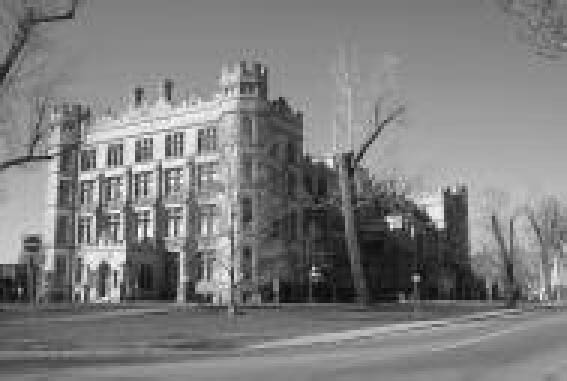RISK ASSESSMENT OF COLLECTIONS IN EXHIBITIONS AT THE CANADIAN MUSEUM OF NATUREGARNET MUETHING, ROBERT WALLER, & FIONA GRAHAM
1 INTRODUCTIONRisk assessment involves comprehensive identification, quantification, and evaluation of risks to heritage objects and collections (Waller 1994, 1995; Ashley-Smith 1999). The Canadian Museum of Nature (CMN) has been using a risk assessment and management model for preventive conservation planning for more than ten years (Waller 2003). The first risk assessment of collections was completed in 1993. Following the move to a new building of all of CMN's collections, except those on exhibit, an update was performed in 1998 to determine how the new building and storage areas mitigated risks to the collections. These risk assessments provided a formal way to determine which of thousands of potential preservation issues were truly important in terms of risk to our collections. Both the 1993 and 1998 risk assessments were limited to collections held in the systematic (research, reference, and reserve) collections and did not include objects on exhibition. As the vast majority of the collection is not on display at any given time, excluding these objects had a minimal impact on the calculation of the overall collection risk.
However, subsets of the collection on display tend to have higher didactic, aesthetic, historical, and sometimes monetary value than the bulk of the collection, and are exposed to different and often greater risks in the exhibition environment than is the case with the majority of the systematic collections which is not on display. Moreover, there is little rotation of material on exhibit, so risks are continuous and focused on a defined part of the total collection. Consequently, completing a risk assessment of collection material at the Victoria Memorial Museum Building (VMMB) was an important next step in developing CMN's preventive conservation into a risk management process. A further impetus for the VMMB collection risk assessment was the museum's bid for a major renovation project (VMMB Renewal Project). The VMMB is a heritage building built in 1912 (fig. 1). It houses 4 floors of exhibit galleries, ranging in age from 5 to 30 years. The collection at the VMMB includes historic taxidermy mounts, tanned furs, fossils, mineral specimens, skeletons, entomology specimens, herbarium specimens, fluid-preserved specimens, and microscope slides. The building requires renovations for public and collection safety as well as for program delivery reasons. The renovation project will involve the complete dismantling of all exhibits within the museum, building structural reinforcement for seismic purposes, and installation of new heating, ventilating and air conditioning (HVAC), plumbing, and electrical systems. The VMMB collection risk assessment was undertaken to clarify and focus conservation concerns and to provide a record of conditions at the time of the assessment. Specifically, the goals of the VMMB collection risk assessment were to:
|
